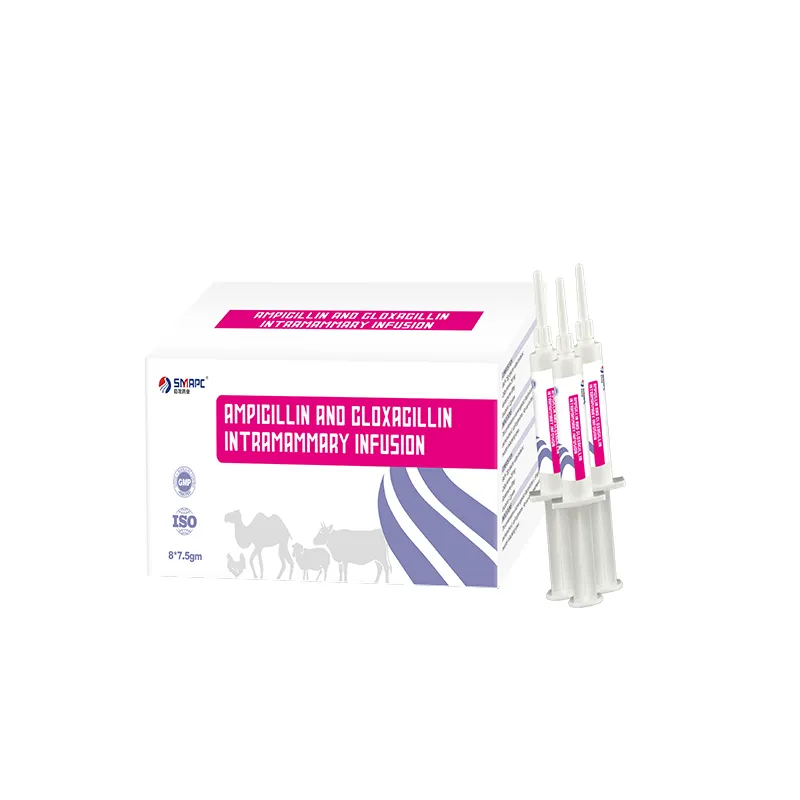
e417 food additive
Understanding E417 A Comprehensive Look at a Common Food Additive
In the realm of food science and food production, numerous additives are employed to enhance the texture, flavor, and shelf life of various products. One such additive is E417, also known as tara gum. Derived from the seeds of the tara tree (Caesalpinia spinosa), native to Peru and other parts of South America, tara gum is a popular thickening agent and stabilizer in the food industry. This article aims to delve into the properties, uses, safety, and potential health concerns associated with E417.
Properties of E417
Tara gum is a polysaccharide, which means it is composed of numerous sugar molecules linked together. It is highly soluble in water and has excellent thickening properties. Functioning as a stabilizer, E417 helps to maintain the uniformity of emulsions, preventing the separation of ingredients, which is particularly advantageous in products like salad dressings, sauces, and dairy items. Its ability to produce a smooth texture makes it a favorable choice for manufacturers seeking to enhance the mouthfeel of their products.
Uses in Food Products
E417 finds its application across a variety of food items. It is essential in the production of sauces, where it can create a stable texture without altering the flavor. Additionally, it is utilized in dairy products such as yogurts and ice creams to improve creaminess and prevent the formation of ice crystals. Tara gum is also used in gluten-free products as a substitute for gluten's texture-enhancing properties, providing a similar structure that aids in achieving desirable qualities in baked goods. Furthermore, E417 is common in confectioneries and processed foods, where it contributes to the overall quality and consistency.
Safety and Regulatory Status
e417 food additive

The use of E417 is generally considered safe when consumed in moderation, and it is approved for use in many countries, including those in the European Union. Regulatory bodies, such as the European Food Safety Authority (EFSA) and the U.S. Food and Drug Administration (FDA), have evaluated tara gum and established acceptable daily intake levels, confirming its safety for human consumption. As with many food additives, the concentration of E417 used in products is carefully monitored to ensure it adheres to safety guidelines.
Health Considerations
While E417 is regarded as safe for most consumers, it is important to note that some individuals may experience sensitivities or allergies to certain food additives. Although such cases are rare with tara gum, people with unique dietary needs or specific health conditions should be mindful of its inclusion in processed foods. Additionally, excessive consumption of any food additive, including E417, may lead to gastrointestinal discomfort in sensitive individuals. It’s always advisable for consumers to read food labels and be informed of the ingredients in their food products.
Conclusion
E417, or tara gum, serves as a crucial component in the food industry, enhancing the quality and consistency of numerous products. Its thickening and stabilizing properties make it invaluable for manufacturers seeking to create appealing and enjoyable food items. While it is considered safe for consumption within established guidelines, individuals should remain aware of their sensitivities and preferences. As consumers become more educated about the ingredients in their food, transparency from manufacturers regarding the use of additives like E417 will foster a greater understanding and acceptance of food science innovations.
In summary, the implications of food additives such as E417 extend beyond mere functionality, touching upon issues of safety, health, and consumer awareness. As we navigate the complex world of food production, understanding these components enables informed choices, ensuring we strike a balance between enjoying the conveniences of modern food processing and maintaining healthy dietary practices.
-
Pure Sodium Dichloroisocyanurate Dihydrate | Powerful DisinfectantNewsAug.29,2025
-
Industrial Chemicals: Quality & Purity for Every IndustryNewsAug.28,2025
-
Nitrile Rubber Honoring Strict Production StandardsNewsAug.22,2025
-
Aspartame Ingredients Honoring Food Safety ValuesNewsAug.22,2025
-
Fertilizer for Balanced Plant NutritionNewsAug.22,2025
-
Cyanide Gold Processing with High Purity AdditivesNewsAug.22,2025
-
Formic Acid in Textile Dyeing ApplicationsNewsAug.22,2025
Hebei Tenger Chemical Technology Co., Ltd. focuses on the chemical industry and is committed to the export service of chemical raw materials.
-

view more DiethanolisopropanolamineIn the ever-growing field of chemical solutions, diethanolisopropanolamine (DEIPA) stands out as a versatile and important compound. Due to its unique chemical structure and properties, DEIPA is of interest to various industries including construction, personal care, and agriculture. -

view more TriisopropanolamineTriisopropanolamine (TIPA) alkanol amine substance, is a kind of alcohol amine compound with amino and alcohol hydroxyl, and because of its molecules contains both amino and hydroxyl. -

view more Tetramethyl Thiuram DisulfideTetramethyl thiuram disulfide, also known as TMTD, is a white to light-yellow powder with a distinct sulfur-like odor. It is soluble in organic solvents such as benzene, acetone, and ethyl acetate, making it highly versatile for use in different formulations. TMTD is known for its excellent vulcanization acceleration properties, which makes it a key ingredient in the production of rubber products. Additionally, it acts as an effective fungicide and bactericide, making it valuable in agricultural applications. Its high purity and stability ensure consistent performance, making it a preferred choice for manufacturers across various industries.





